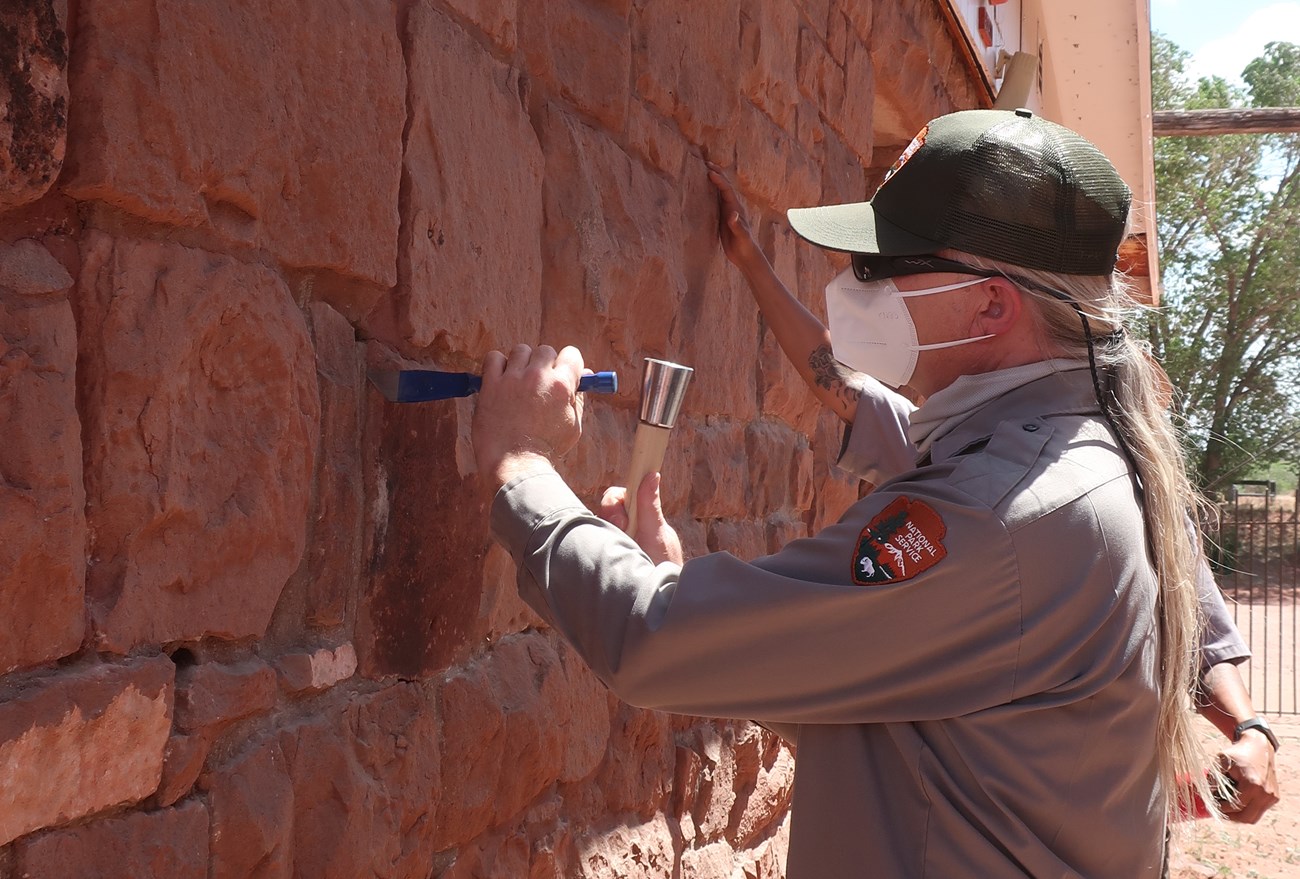Trustworthy Chimney Services: Upkeep and Repairs Done Right
Wiki Article
Unlocking the Secrets of Lasting Stonework Construction Practices for Eco-Friendly Buildings
Amongst the myriad methods to environmentally friendly building, lasting masonry building and construction stands out as a time-tested and resilient approach that holds a riches of untapped possibility. From the choice of materials to cutting-edge construction strategies, the secrets to achieving sustainability within stonework building and construction are diverse and appealing.Advantages of Lasting Stonework Building And Construction
Welcoming lasting stonework building and construction methods not only decreases environmental effect but also provides long-term economic advantages to building contractors and areas. By making use of products like recycled bricks, obstructs, and stones, contractors can substantially reduce the carbon footprint of their jobs while promoting source performance. Furthermore, sustainable stonework building and construction strategies, such as appropriate insulation and thermal mass residential properties, can enhance power performance within structures, leading to minimized operational prices gradually.Furthermore, the longevity and durability of stonework structures add to lasting economic benefits. Buildings created utilizing sustainable stonework methods typically require much less repair and maintenance, converting to cost financial savings for home builders and homeowner. The long life of masonry products likewise guarantees that structures continue to be steady and secure, minimizing the requirement for regular renovations or replacements.
Eco-Friendly Stonework Products
Utilizing environmentally friendly stonework materials is a critical action in the direction of improving the sustainability of building and construction practices and lessening environmental impact while making best use of long-term financial advantages. Sustainable masonry products are sourced, produced, and used in a fashion that decreases overall ecological impact. Materials such as recycled blocks, redeemed rock, and sustainable cinder block are coming to be increasingly prominent choices for eco-conscious builders. Recycled blocks, for instance, not just draw away waste from garbage dumps but likewise need less power to generate contrasted to brand-new blocks. Reclaimed stone provides a special visual allure while reducing the requirement for brand-new quarrying. Lasting concrete blocks integrate recycled accumulations and might include better insulation buildings, adding to energy efficiency in structures.Furthermore, natural products like adobe, rammed planet, and straw bundles supply outstanding thermal mass properties, minimizing the requirement for heating and cooling down power. These materials are often in your area offered, promoting regional economic climates and decreasing transportation-related carbon emissions. By picking green masonry products, construction tasks can substantially reduce their environmental impact and contribute to the production of healthier, a lot more sustainable built atmospheres.
Energy-Efficient Masonry Methods
Energy performance plays a critical role in enhancing the sustainability of masonry building and construction practices. One key energy-efficient masonry method is the use of thermal mass, which includes including dense materials like concrete or brick into the building's structure to soak up and save heat.
Advancements in Sustainable Masonry
Current improvements in sustainable masonry methods have brought around ingenious techniques that are improving the construction industry. One such innovation is the advancement of self-healing concrete, which utilizes microorganisms embedded within the concrete to heal fractures autonomously. This breakthrough not just reduces upkeep expenses but likewise improves the durability of masonry structures, adding to their sustainability.
An additional notable innovation is using recycled aggregates in stonework building and construction - masonry contractor. By including materials such as smashed ceramic waste or recycled glass right into concrete mixes, home builders can minimize the environmental effect of building and construction projects while maintaining structural honesty. This practice not only draws away waste from land fills however also saves natural deposits, making it a crucial innovation in lasting masonry building and construction
Furthermore, the combination of electronic style tools, such as Building Info Modeling (BIM), is changing the way stonework frameworks are planned and constructed. BIM enables even more specific estimations, minimized product wastefulness, and boosted energy efficiency, inevitably causing even more lasting structure techniques. These advancements collectively symbolize an encouraging future for lasting stonework building and construction in the age of environment-friendly structures.
Future Trends in Stonework Sustainability
With the ingenious strides made in lasting masonry techniques, the future trends in masonry sustainability are poised to further revolutionize the building industry. Among the key fads forming the future of stonework sustainability is the raised assimilation of modern technology. Advancements such as Structure Details Modeling (BIM) and virtual truth simulations are being utilized to optimize stonework building and construction processes, causing minimized material waste and improved energy performance in structures.Furthermore, the growth of unique sustainable materials is established to play a significant function in enhancing the eco-friendliness of masonry building and step repair construction. masonry contractor. Advancements like self-healing concrete, recycled aggregates, and bio-based binders are getting traction for their ability to decrease environmental effect while keeping architectural stability

Final Thought
In final thought, lasting stonework building techniques offer various benefits for environmentally friendly buildings. masonry contractor. Advancements in sustainable stonework are continually being established to additionally improve the ecological efficiency of buildings.Report this wiki page